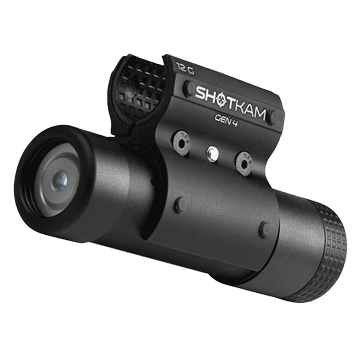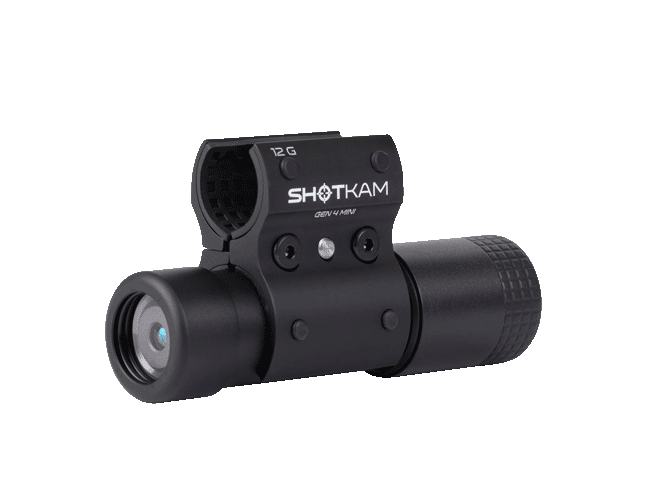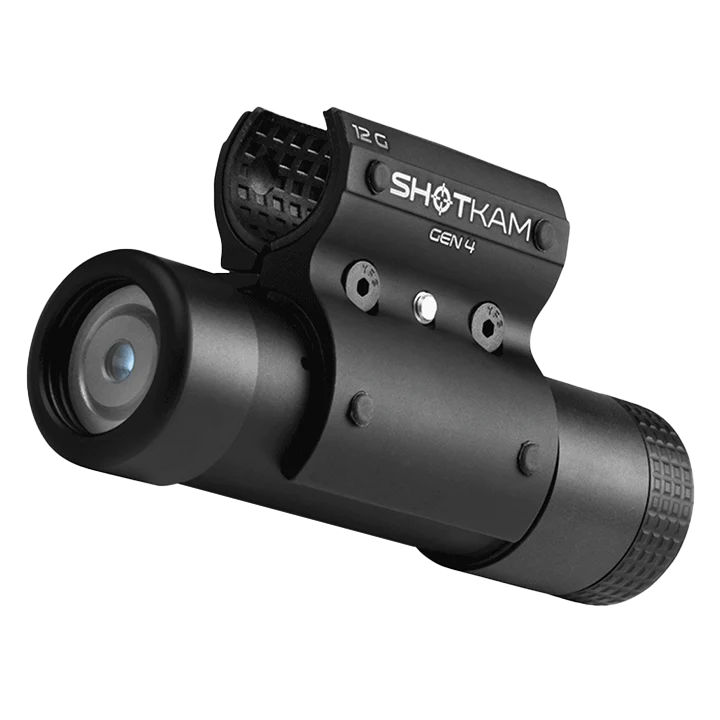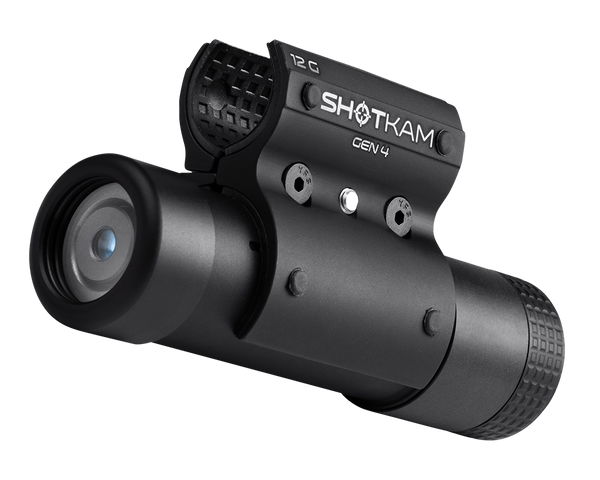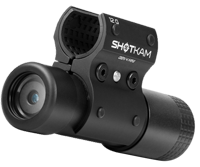Mastering Station 6 on the Skeet Field
Introduction
Whether you're a novice or an experienced shooter, mastering the different stations on the skeet field is essential to improving your skills. Today, we’ll take a deep dive into Station 6, which presents a unique challenge with its combination of high and low house targets, as well as doubles.
Understanding Station 6
At Station 6, you'll face three types of targets: The high house clay, which is released from the high house on your left; the low house clay, which is released from the low house on your right; and doubles, where both high and low house targets are released simultaneously. Understanding the nature of these targets is the first step towards mastering Station 6.
Setting Up for Success
When preparing to shoot from Station 6, positioning and stance are crucial. Place your feet in the back left-hand corner of the shooting box to provide a stable base and allow for smooth movement. Align your hips to face the low house window. This position optimizes your body’s rotation and helps maintain balance as you swing to track the targets. Proper setup is the foundation of successful shooting.
Breaking the High House Clay
The high house target at Station 6 is typically broken about 20 to 30 feet past the center stake. As the clay is released, track its path with your eyes, aiming to intercept the clay about 20-30 feet beyond the center stake. Maintain a smooth and controlled swing, leading the target slightly to account for its speed and trajectory. After firing, continue your swing to ensure a consistent follow-through, which helps maintain accuracy and control.
Setting Up for the Low House Target
Next, you'll face the low house clay. After breaking the high house clay, shift your weight slightly to prepare for the low house target. Lead the target and maintain a steady swing, similar to the high house. The break point for the low house target is generally closer to the center stake, so adjust your timing and aim accordingly. Consistency in your approach will improve your success rate with low house targets.
Handling Doubles
Doubles at Station 6 require quick reflexes and precise coordination. Start by focusing on the high house clay, as it generally travels a longer distance. Break the high house target first, then swiftly transition your focus and aim to the low house target. Shooting doubles effectively takes practice, so focus on maintaining your rhythm and avoiding rushed movements. With time and practice, your ability to handle doubles will improve.
Tips for Improvement
Consistent practice is key to mastering Station 6. Dedicate time to work on your foot positioning, swing, and transitions. Don’t hesitate to seek feedback from experienced shooters or coaches, as they can provide valuable insights and help refine your technique. Additionally, maintaining a calm and focused mindset is crucial. Avoid tensing up and remember to breathe steadily. These tips will help you steadily improve your performance.
Conclusion
Mastering Station 6 on the skeet field is a rewarding challenge. By focusing on your setup, tracking, and execution, you can improve your accuracy and consistency. Keep practicing, stay patient, and enjoy the process of honing your skeet shooting skills. Happy shooting!
More Skeet Shooting Lessons
If you’re looking for more tutorials on mastering different stations in skeet shooting, check out our other blogs:
We have not created a video tutorial for stations 3 and 8 yet, but plan to in the future. Stay tuned for more updates and resources to help you improve your skeet shooting skills!
You are reading:



